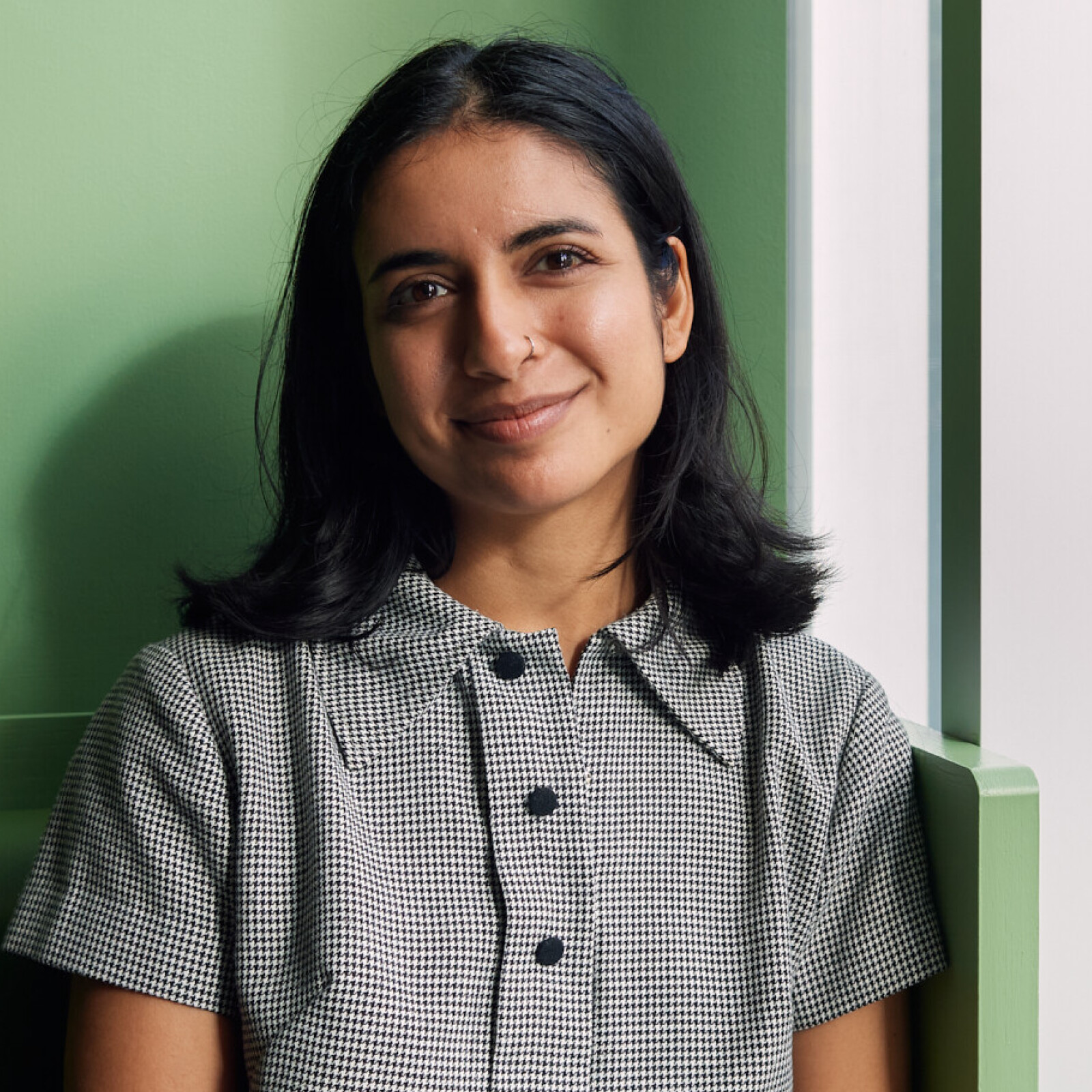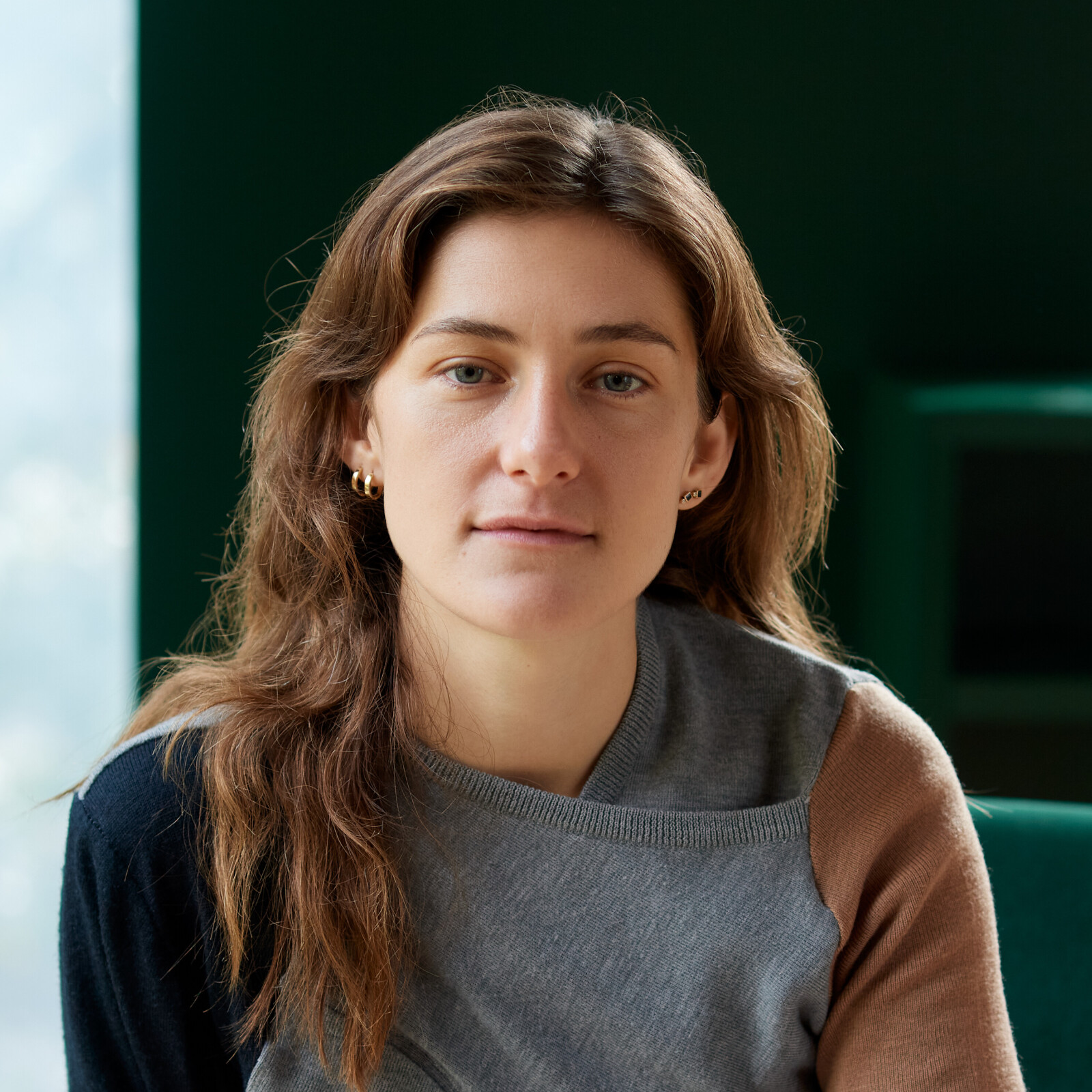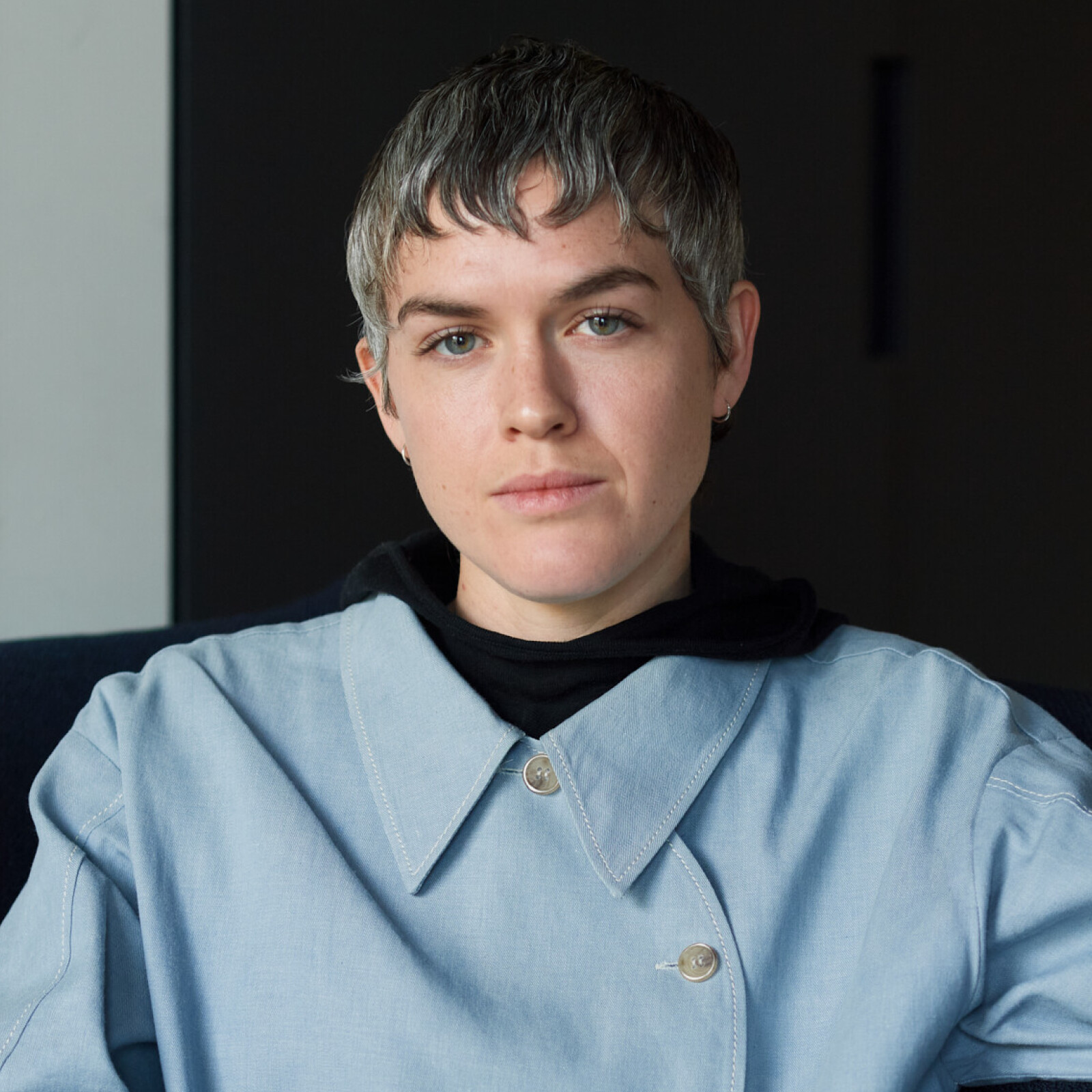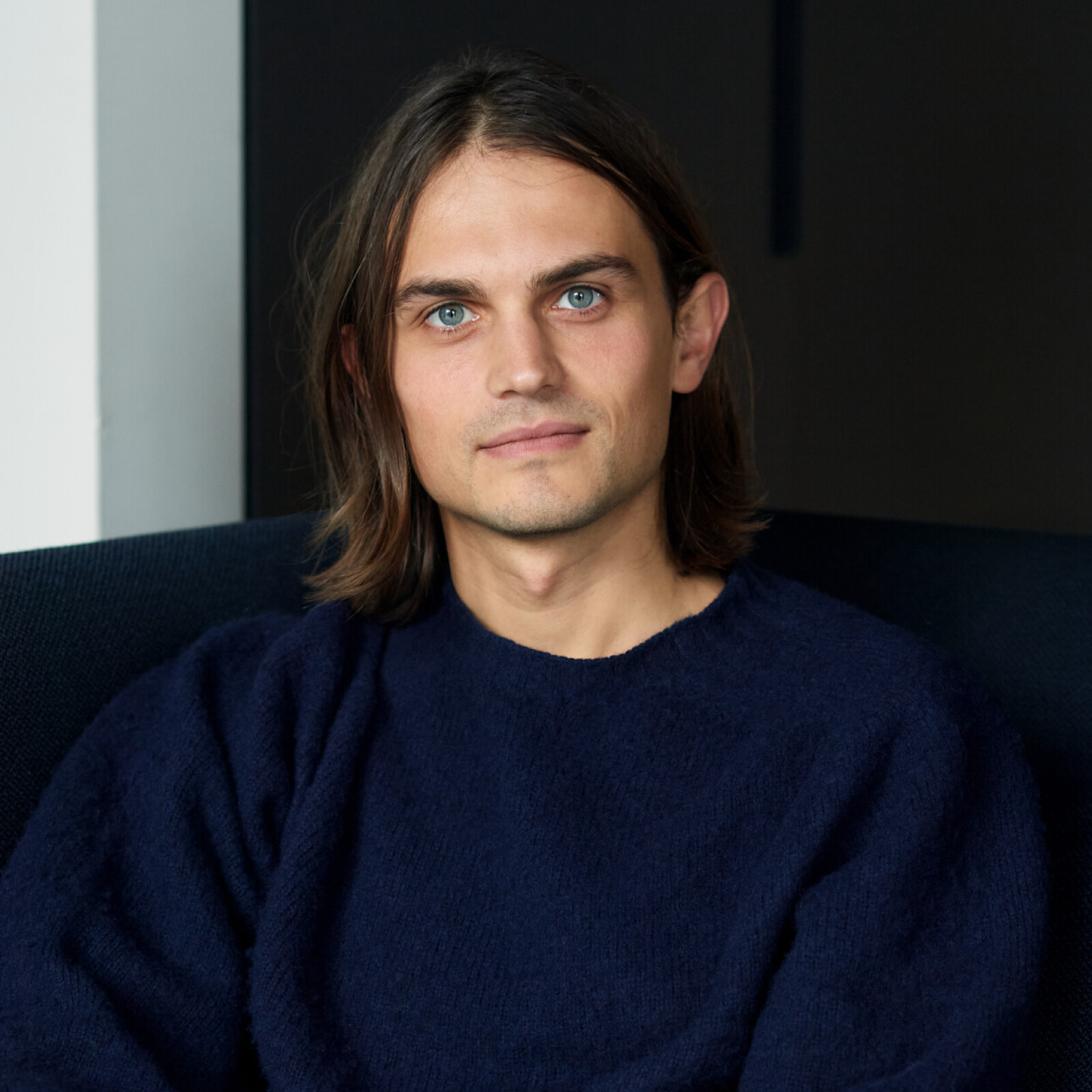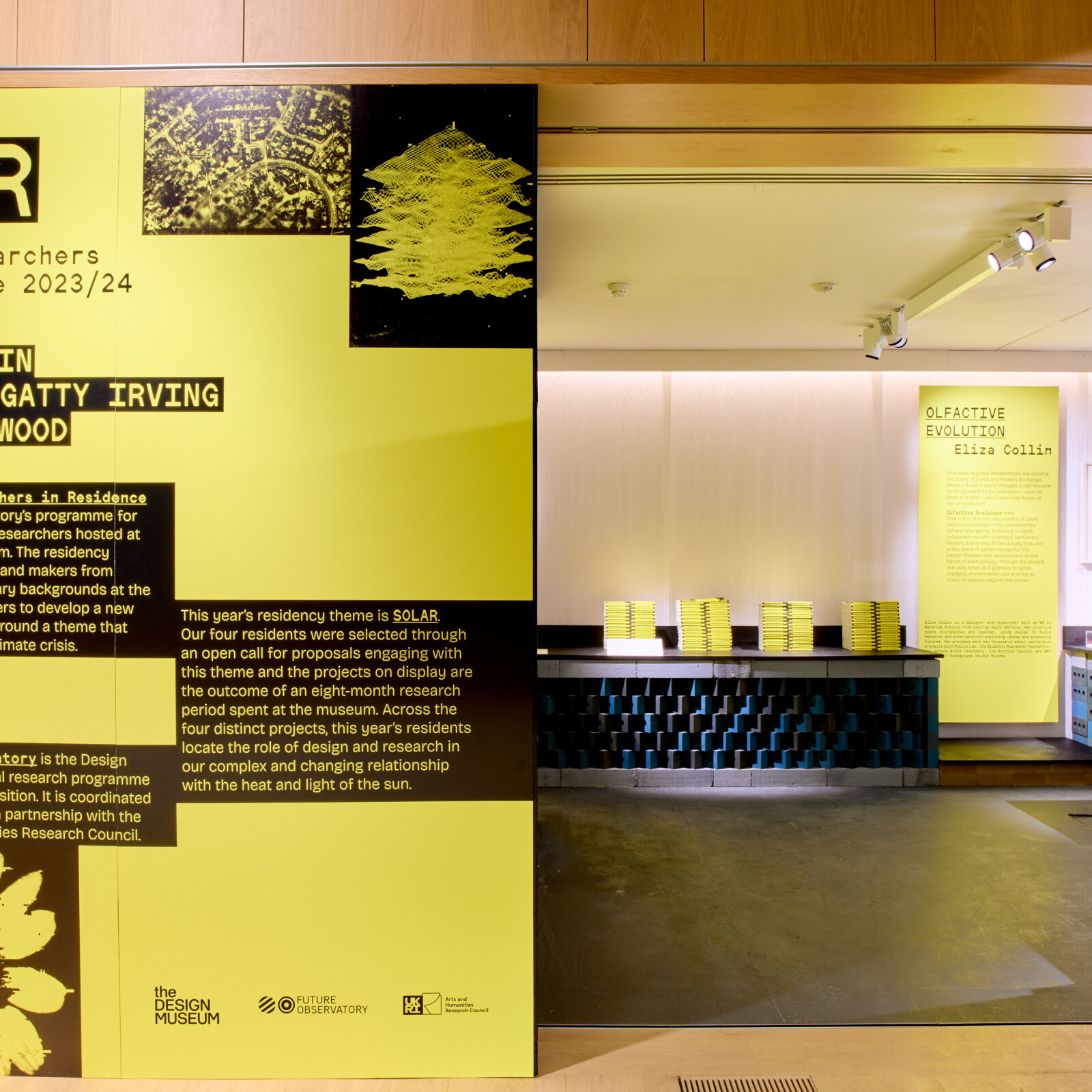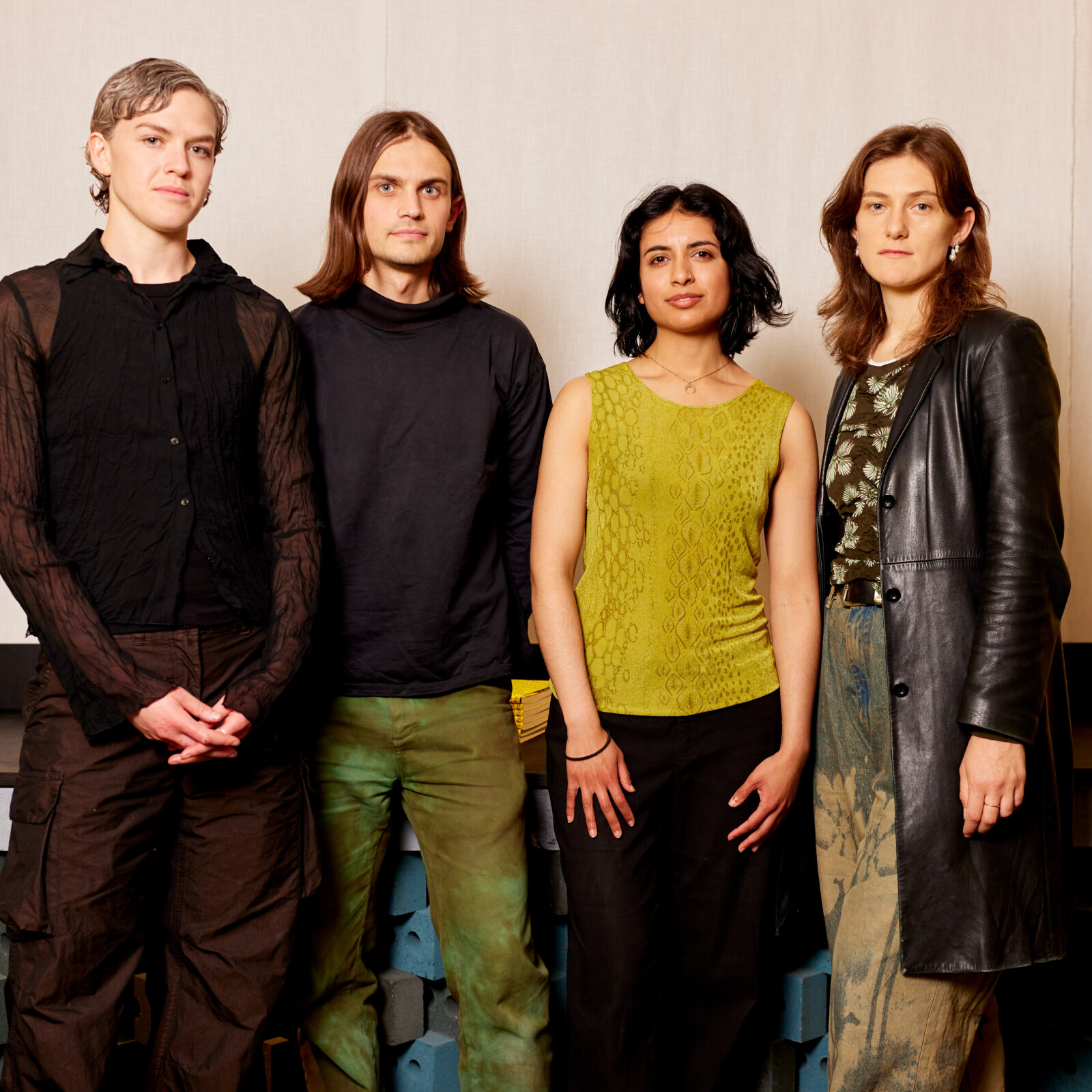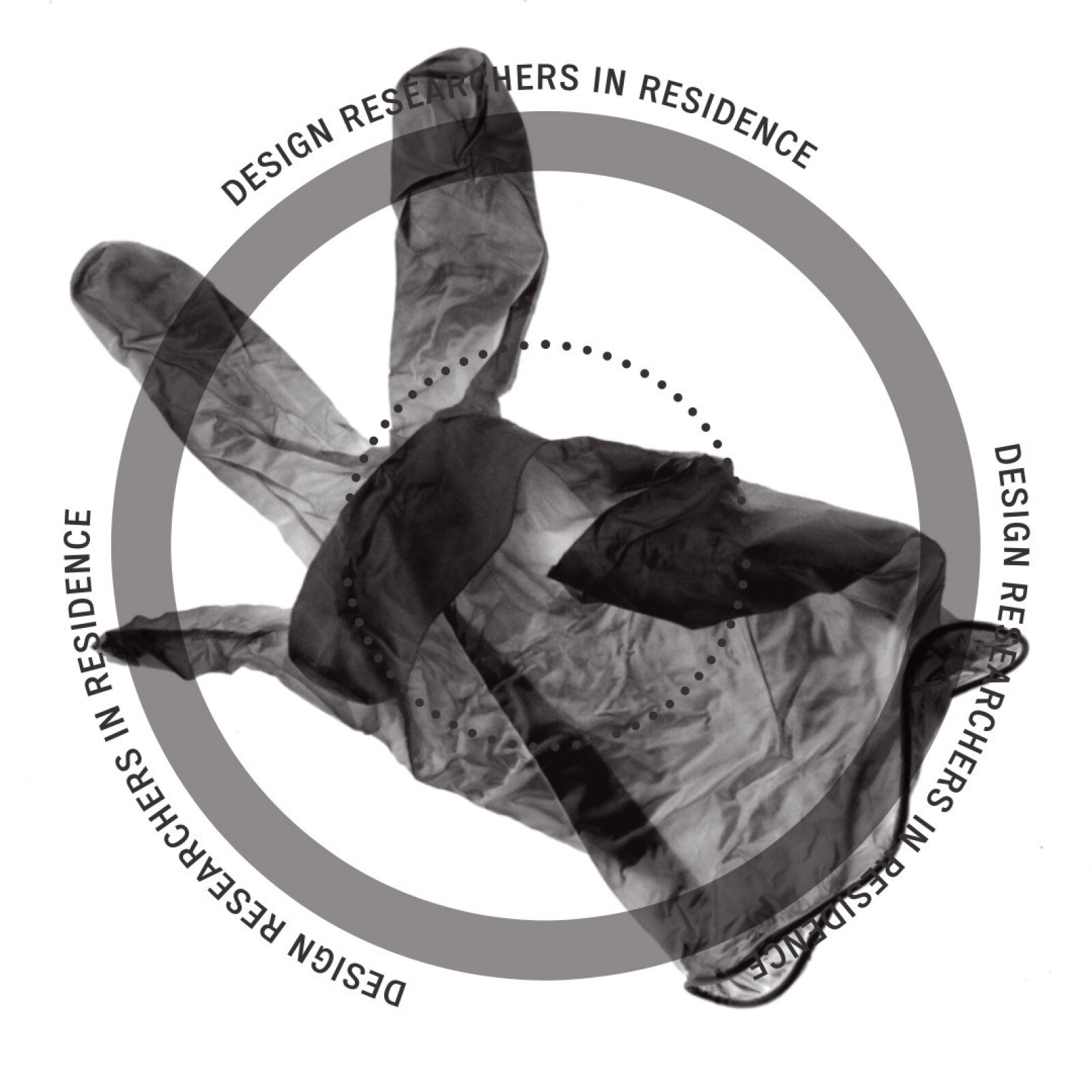CP
As a residency for design researchers, this programme argues not just for the power of research but for its necessity. Research is crucial to challenging design as usual; to building and testing the alternative products, materials and systems that we so desperately require. What is “design research” within your work and why would you say it’s necessary?
EC
As someone who studied design – fashion design originally, which is an incredibly wasteful industry – I began asking questions about design’s necessity – what really needs to exist? I decided that I only want to design things that create certain types of change, change that people really need. That led me to work with communities, treating them as the experts alongside scientists and academics, to try and understand what kind of futures we need. From there, we can start to imagine what kind of design is necessary to build those futures. My design research journey began in learning from these communities and experts and forming methodologies of collaboration.
JGI
In my case, I went through a period where I was quite paralysed by anxiety around the climate. Building on what Eliza was saying, I was educated within an industry – architecture – which is also inherently wasteful. By going to work every day you’re engaging within that system of wastefulness, whether you want to be or not. More recently, I try and use design to get out of the cycle of waste production, to find alternative ways of working beyond that paradigm.
CP
Using design research to explore and test new systems rather than simply producing more things?
JGI
Yes, in design practice the outcome is generally defined first – I want a kettle that uses less energy or a house that is bigger than the one I already have. The designer then begins exploring ways to deliver this, which is also research of sorts. However, design research as a practice does not necessarily have a defined outcome when you’re starting off. The outcome is secondary or more open, allowing for experimentation and options. This is a different kind of research. This kind of research offers a space to breath outside the pressures of market structures and set outcomes.
FSW
Research insinuates a certain depth of understanding and an interdisciplinary or intersectional approach to an open-ended enquiry. The research element in conjunction with design has to acknowledge the sociological, the political, the economic, the environmental – the systems that design operates in. For me, design research is about developing a criticality around modes of thinking and exploring the limitations of creative processes.
AB
I don’t come from a design background, I was trained as an anthropologist. So, for me, design research is about an expanded methodology. As an anthropologist I became frustrated with the observational and back seat nature of research, I liked how design was about making change, which is an uncomfortable terrain for anthropologists. At the same time, anthropology brings designers into the uncomfortable terrain of pausing to observe before changing things, sitting with observations. So, the two disciplines bring together deep observation and making. What is exciting in design research is the opportunity to materialise your findings into something that people can engage with using their senses, beyond just reading an ethnography. Material things are so much more legible to people than written documents.
CP
I’d like to briefly delve into your approaches to time within this work. Jamie, you’ve adopted a cultural-historical lens to understanding changes in domestic living; Freya and Eliza, you’re looking at bog breathing and species adaptation, both ecological processes that take place over centuries or even millennia; and April you’re exploring an alternative near future. How are these temporal structures helping you to organise your thinking in our sometimes overwhelming present tense?
JGI
All of our projects in some way engage with the timescales of climate change that are hard to compute as individuals, but they are all rooted within observations of what’s happening now. In the case of my research into the domestic environment, looking at the histories of how we have lived lets me take a step back and recognise that is it kind of weird that we are living in the way that we are now. A historical lens gives you a perspective on things that you take for granted in the present. You must do this to be able to look forward to the future and think of alternative ways of living, to project how could things be different.
FSW
Jamie was talking about the enormity of the subject matter, whether that’s in terms of the size of the issue or grasping the timescales. I guess the way that I’ve felt able to participate in the socio-spatial and political crisis of the climate emergency has been to think through my identity and my own experience in a kind of embodied way. So, in some ways my project isn’t even really about peatland bogs, I’m using that device to talk about my own identity in the present.
EC
Yes, there’s a paralysis when it all seems too big. If you get more personal and deal with individuals, then the subject becomes more manageable because you’re focusing on individual experiences and feelings now. Working with communities and using the skills of design, you can start to “user test” diverse and participatory futures with small pockets of people.
CP
Building on Eliza’s point about working with communities, as a cohort, you’ve chosen particularly diverse sites of investigation: the domestic conservatory, peatland bogs, data centres and even the scent of lavender. To understand these sites, you’ve spent months embedding yourself in the networks of spaces – geographic or olfactory. Can you tell us more about the kinds of people you have spoken with to familiarise yourself with these sites and how this has shaped your thinking?
JGI
I hate working on my own, so I find that most ideas come through discussions with other people. Within the context of this project, looking beyond the field of architecture, I’ve spoken with historians, environmental designers and, well, people who live in houses. Speaking with historians is especially humbling because you realise that people have tested the same ideas around conservatories 100 years ago and then again 50 years ago… It’s interesting to learn from these previous projects – the various waves of social, cultural and political framing of them; how my own project is shaped by our current concern about the climate.
EC
Yes, research is so often done alone, and it’s so nice that with each project you get to build this whole world around you. There are some collaborators on this project that I’ve brought from previous projects and I see those collaborations continuing into the future, and other people that will come and go for different projects. We’re all educated in different ways – designers, scientists, perfumers – and we have different ways of communicating. As a design researcher, you become a kind of translator between different fields. On this project, I have worked with botanists and chemists, people that work with GC-MS [a gas chromatography system that separates and analyses scent into its various components], perfumers and scent designers, illustrators, beekeepers, farmers. As a design researcher, I know I will never be the expert in any of the areas that I explore, so I surround myself with people whose life’s work is to think about how an Ipomopsis [plant] may or may not produce indole [aromatic heterocycle], for example!
FSW
I’ve spoken to a wide range of people in and around the Flow Country [an expanse of blanket bog in the North of Scotland] ranging from peatland scientists to ecologists, chemists to shepherds, crofters and members of the local community in Caithness and Sutherland, local councillors and informal community organisers. This includes people working for Nature Scotland and Peatland Action to UNESCO. Now that I am thinking about how to materialise this research I am talking to an animation artist. Each time I present the project to a new group of people, my ideas grow in precision, I learn the terminology of different disciplines and how to articulate different angles of my research. I’ve also had to translate ideas across disciplines. All these conversations have slightly adjusted my thinking and the aims of the research, taking it back, taking it forward, messing it up and then helping to find it again. It’s a process of refinement.
AB
I can definitely speak to that. Theoretically, my work is very interdisciplinary. It draws from digital materialism which argues that the digital realm is not virtual, that it has manifestations and infrastructure, it uses energy and human labour. This has parallels with decolonial scholarship which is about being grounded in land and reciprocal relationships to the material world. I am also interested in a recently emerged concept called ‘digital energetics’ in which the study of media and energy are collapsing into each other. As part of my field work, I went to Tallaght outside of Dublin, Ireland to explore the waste heat redistribution schemes connected to data centres that are being developed in these cities. Speaking to the recipients of these schemes and to county council members who had the vision to support the projects really helped ground these theories in practice and evolve my thinking.
FSW
That’s something that I’m interested in within my own research – how by talking to people the direction of your research evolves. You never know what direction your original idea is going to take as a result of that kind of contamination of ideas. It’s often surprising and unexpected.
AB
Yes, I like the idea of the contamination of ideas through the conversations that go on in fieldwork. In anthropology, you carry out a longitudinal study over a long time, taking in lots of different voices in a place. You need time to understand not only the conversations, but how these conversations are changing you too, changing how you feel about your topic.
CP
The concept of creating worlds with others or contaminating our current thinking could be extended to the audiences of this exhibition. How do you hope a viewer might be changed by your work, what would you like them to leave with?
AB
What I really want is for people to be able to go on a similar journey that I did into understanding technology. I think for someone with an Arts and Humanities background, technology is very much behind a black box. Oftentimes it’s only professionals trained in computing-related fields that engage with the actual infrastructure and hardware of our digital experiences. I want to use art to make technology understandable to anybody who uses it, to give them more authorship over the design of that technology, and not always be limited to a top-down user experience. I also want people to look beyond the virtualisation and software that we experience in what seems to be a cyber space immaterial world. When you get to what’s really at the core of it, hardware, this comes back to our finite earth and the climate crisis.
EC
For me, I really want people to leave the exhibition with more questions; questions that they might not have thought about asking before entering the exhibition; questions that give them agency to look at the world differently and become an active part in the conversation on climate breakdown
CP
Yes, design research is also about developing new questions, not only solutions.
JGI
I’d like people to leave feeling that they’d got to know the sun a bit more; to come away with an acknowledgement of what a force it is. Through time there have been various kinds of social, scientific and religious movements built around our relation to the sun and the climate more broadly. The industri-alised society that we live in now has made us disassociate from the environment, fortify ourselves from it. Maybe if we could develop a deeper respect for the environment and climate, we could reimagine its role in the built environment and have a more intimate connection with it.
JGI
What Jamie said is very much what I would hope for too – that there’s perhaps an acknowledgement that we all have a climatic identity. That’s what my project is about. By thinking through our own identities, we realise that we all have a relationship with the climate emergency in some capacity.

